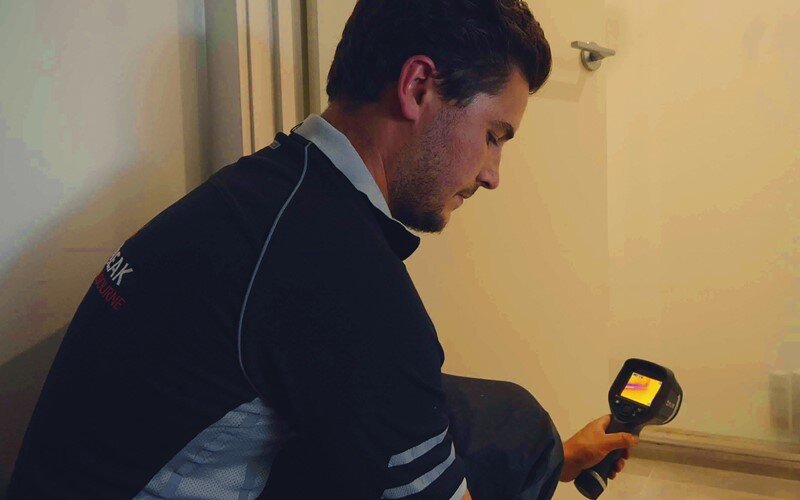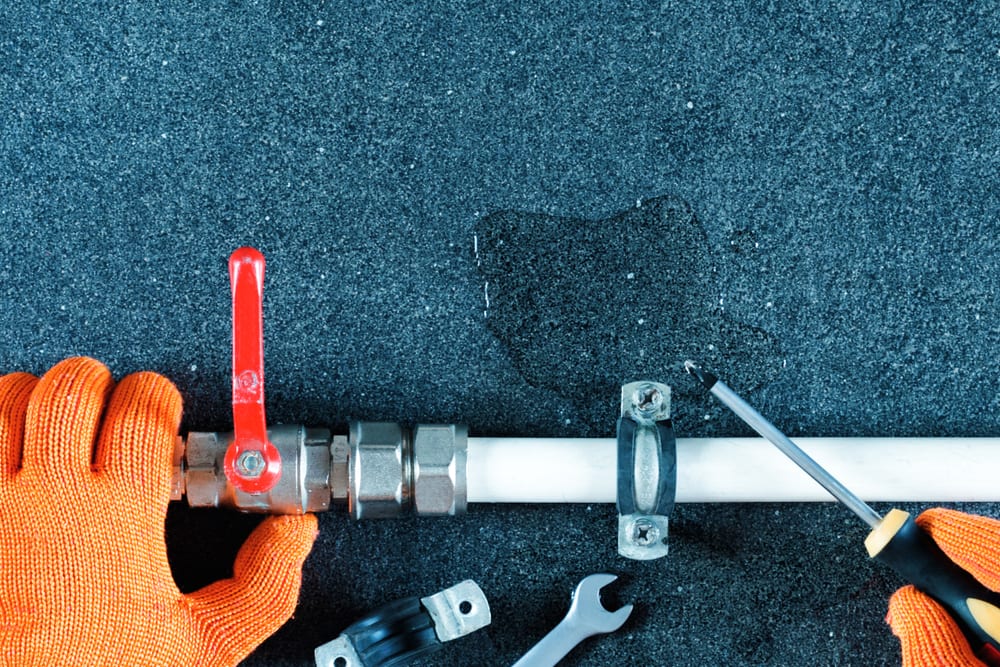Overview To Water Leak Detection At Home
Overview To Water Leak Detection At Home
Blog Article
Listed here in the next paragraph you might get a lot of really good content all about Top leak detection hacks.

Early detection of dripping water lines can mitigate a prospective catastrophe. Some little water leakages may not be visible.
1. Take A Look At the Water Meter
Every home has a water meter. Checking it is a surefire manner in which assists you find leaks. For starters, switch off all the water resources. Make certain no one will flush, utilize the faucet, shower, run the cleaning equipment or dish washer. From there, most likely to the meter as well as watch if it will certainly alter. Considering that nobody is using it, there must be no activities. If it relocates, that indicates a fast-moving leak. Furthermore, if you identify no changes, wait an hour or more and also check back once again. This indicates you might have a sluggish leakage that might even be below ground.
2. Examine Water Usage
If you identify sudden changes, regardless of your intake being the exact same, it indicates that you have leakages in your plumbing system. An unexpected spike in your expense suggests a fast-moving leak.
At the same time, a steady rise on a monthly basis, despite having the same practices, reveals you have a slow-moving leak that's likewise gradually escalating. Call a plumber to completely check your residential property, particularly if you feel a cozy area on your flooring with piping below.
3. Do a Food Coloring Test
When it comes to water usage, 30% comes from commodes. If the color in some way infiltrates your bowl throughout that time without flushing, there's a leakage in between the storage tank and bowl.
4. Asses Outside Lines
Don't fail to remember to examine your exterior water lines as well. Ought to water leak out of the connection, you have a loose rubber gasket. One little leak can throw away heaps of water as well as increase your water expense.
5. Check and also Evaluate the Scenario
Home owners should make it a routine to check under the sink counters and also inside closets for any kind of bad odor or mold and mildew development. These 2 warnings indicate a leak so prompt attention is called for. Doing regular assessments, even bi-annually, can conserve you from a significant problem.
Inspect for discolorations and deteriorating as many pipes and appliances have a life span. If you suspect dripping water lines in your plumbing system, don't wait for it to intensify.
Early detection of leaking water lines can reduce a potential disaster. Some little water leaks may not be visible. Inspecting it is a guaranteed means that assists you discover leakages. One small leak can waste loads of water as well as increase your water bill.
If you presume leaking water lines in your plumbing system, do not wait for it to intensify.
How to Know If Your Home Has a Hidden Leak
Water Meter Reveals Inexplicable Water Usage
If you’d like to test whether or not there’s a leak somewhere in your home, you can do this using your water meter. Here is how to conduct the test:
Don’t use any water in your home for at least 30 minutes; this also means not turning on faucets or water-using appliances.
Go outside, and check your water meter for activity.
If your water meter shows that there was activity, even though no one was using any water, this proves that there is a leak in your home.Visible Mold or Mildew Growth
Leaks behind walls create moist, dark environments that allow mold and mildew to grow and thrive. Eventually, you might see mold growth forming on the wall closest to a hidden leak.
If mold is growing in an area that receives a high amount of moisture, such as a bathroom, it may simply be an indication that better ventilation is needed. However, if you see mold growth on a wall or the ceiling in an area where you would not expect, you probably have a hidden leak.
Musty, Mildew Odor
Sometimes you might not be able to see the mold or mildew that is growing as a result of a leak. However, the smell can give the problem away just as easily. If you catch a whiff of something musty, there’s a good chance that old water is collecting somewhere in your home that you can’t see.
Stained/Warped Walls, Ceilings, or Floors
When your home soaks up water, a variety of red flags can become visible, including ceiling stains, bubbling drywall, warped walls, and sagging floors. While these issues can be caused by excess humidity, they can also be signs that a pipe or plumbing connection has started leaking behind your walls.
Inexplicably High Water Bill
After a while, you get a general sense for what your water bill should be. If you own a pool or sprinkler system, your bill will tend to be higher during summer. However, if you receive a water bill that seems especially high, and you can’t figure out what caused it, then you may have a hidden leak somewhere that’s increasing your bill.
https://www.plumbingjoint.com/blog/2019/july/how-to-know-if-your-home-has-a-hidden-leak/

We had been introduced to that write-up on Detecting hidden plumbing leaks from an associate on a different web property. Make sure you take a moment to share this post if you liked it. I love reading our article about Locating water leaks.
Report this page